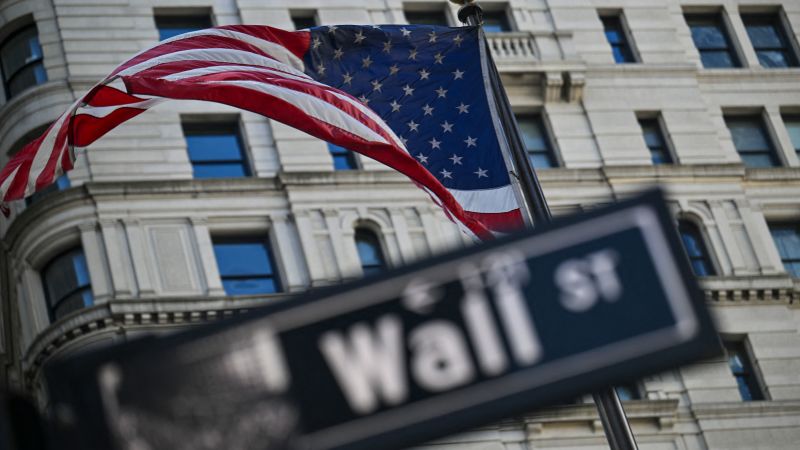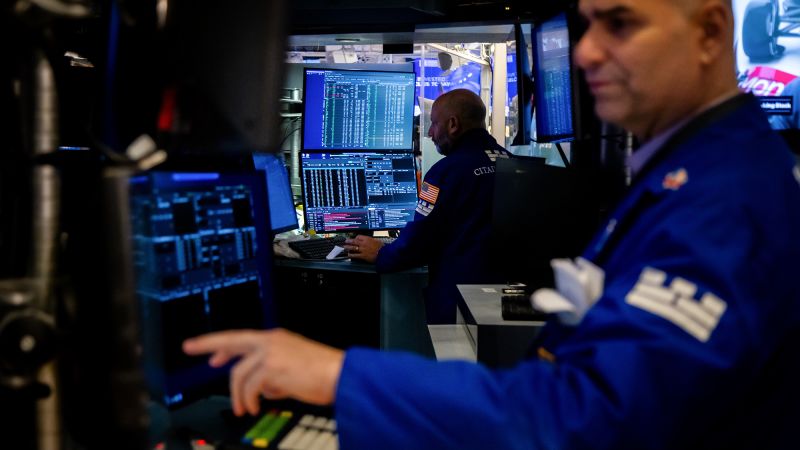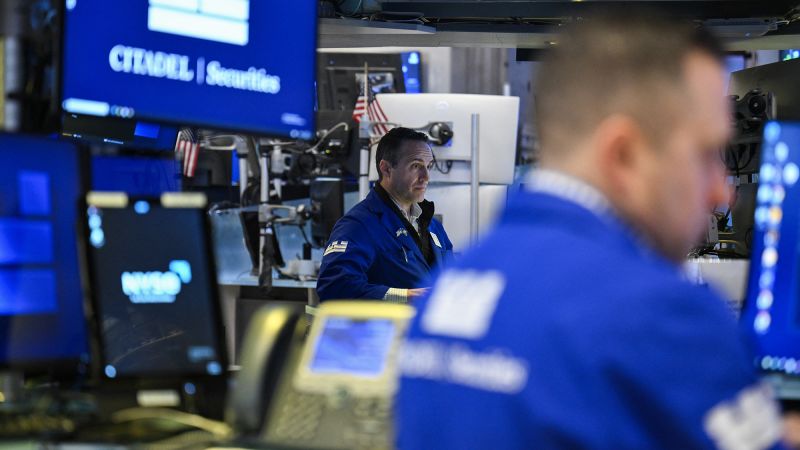In a dramatic turn of events, U.S. stocks rallied significantly after President Donald Trump declared a 90-day suspension of most reciprocal tariffs, excluding those on China. This announcement came as a relief to investors who had been anticipating any change in the administration’s tariff stance, which had kept Wall Street on edge. The market response was immediate and powerful, signaling a renewed sense of optimism among traders.
Stocks Surge in Response to Tariff Suspension
Following Trump’s announcement, Wall Street experienced a historic rally. The Dow Jones Industrial Average surged by 2,963 points, marking a 7.87% increase. Similarly, the S&P 500 jumped 9.52%, while the tech-heavy Nasdaq soared by 12.16%. These significant increases reflect the market’s eagerness for clarity regarding trade policies.
- S&P 500: Best day since October 2008
- Nasdaq: Second-best day ever, best since January 2001
- Dow: Highest single-day gain in five years
Chris Brigati, chief investment officer at SWBC, noted, “The market’s violent upward move demonstrates how desperately investors sought clarity on the tariff situation.”
Broad-Based Gains Across Major Companies
The positive reaction was widespread, with nearly all companies in the S&P 500 enjoying gains. Noteworthy performers included:
- Amazon (AMZN): Up 11.98%
- Nike (NKE): Gained 11.36%
- United Airlines (UAL): Surged 26.14%
- Tesla (TSLA): Increased by 22.69%
Despite this surge, the S&P 500 remains 3.7% down from its close on April 2, before the tariff announcement. The Nasdaq has also not completely recovered from its earlier losses, standing 2.7% lower than its previous high.
Persistent Uncertainty Amid Gains
While the announcement led to a temporary sense of relief, uncertainty still looms, particularly concerning China. Despite the tariff pause for other countries, China continues to face elevated tariffs of 125%. This situation has left investors wary about the future direction of the trade war, especially as Trump has indicated that these tariffs may not be lifted soon.
Jamie Cox, managing partner of Harris Financial Group, explained, “Trump’s actions highlight the complexities of navigating his tariff regime, as he is the only one who knows when it might conclude.”
Global Markets React
Initially, global markets reacted negatively as China unveiled its retaliatory measures against U.S. tariffs. However, following Trump’s announcement, many markets experienced a rebound. For instance, Japan’s Nikkei index saw a decline of 4%, while Hong Kong’s Hang Seng index managed to finish slightly higher after a tumultuous week.
Oil Prices and Market Dynamics
In addition to stocks, oil prices also rebounded, with U.S. oil prices climbing 4.65% to $62.35 a barrel. Meanwhile, gold saw an uptick of over 3%, a traditional safe haven during market volatility. Interestingly, U.S. Treasury yields have increased, signaling a complex response from investors amid fluctuating market conditions.
Volatility and Investor Sentiment
The CBOE Volatility Index (VIX), often referred to as Wall Street’s "fear gauge," dropped by 35.75% following the tariff news, highlighting a decrease in market anxiety. However, the VIX had previously risen past 50 points, a level associated with extreme market fluctuations.
As Susannah Streeter from Hargreaves Lansdown stated, “The U.S. and China are entrenched in a trade war, and neither side shows signs of backing down.” This ongoing uncertainty keeps investors on their toes, contributing to significant market fluctuations.
In summary, while the recent suspension of most tariffs has led to a notable rally in U.S. stocks, the underlying complexities of the trade war, particularly with China, continue to create an environment of volatility and apprehension for investors.










